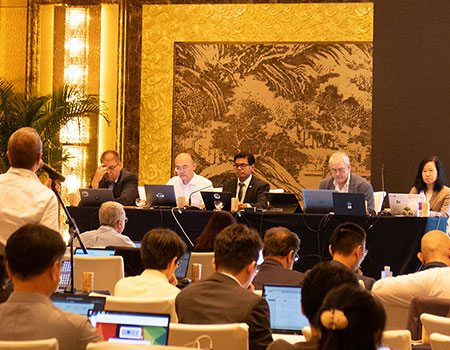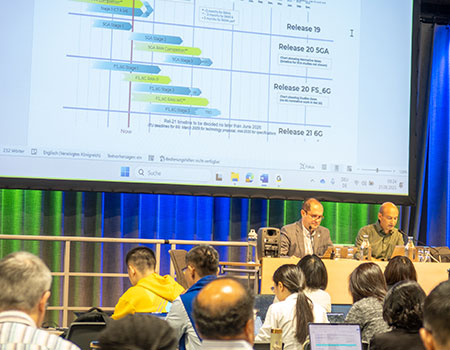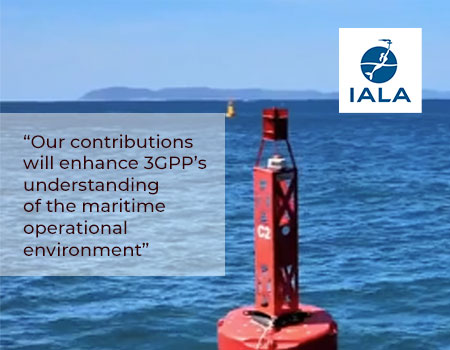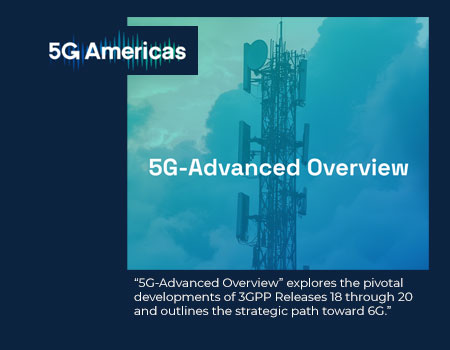Sweet 16, a Release by 3GPP
July 12, 2020
In this short video interview, Balazs Bertenyi looks back at the recent TSG RAN Plenary e-meeting. He talks about the challenges – like having to coordinate discussions across 20 time zones – and about the dedication of the delegates, to get Release 16 freeze completed on time.
There is a question also about the IMT-2020 submission process, which is now drawing to a successful conclusion. Finally, Balazs mentions the prospects for Release 17, assuring us that the content is on track, even if continued remote working may lead to a short delay to its completion.
Brian Dolby: Let’s start by asking you to point out some of the key achievements of this release?
Balazs Bertenyi: Essentially, with Release 15 we brought 5G to life, focusing on enhanced mobile broadband, on addressing the capacity shortage some of the regions, countries and operators have been experiencing with 4G.
Now, with Release 16 – which is the second phase of bringing 5G to life – we have expanded on that greatly, mainly on two fronts. If I were to structure what we did into two main themes, the first would be 5G efficiency; where we brought a lot of improvements; functionalities that help 5G operation across the board. For both networks and terminals across all of the use cases. For things like self-organising-networks, optimising power usage in devices, MIMO is also an example from this category of features.
Then the other category is where we focused on expanding the cellular footprint and the potential reach of 5G into new opportunities – new verticals. A couple of examples from this ‘bucket’ are the automotive use case – the V2X functionality, brought in Release 16, which allows devices to directly communicate with each over sidelink operation. Sidelink is also a very important functionality for Public Safety – another new ‘vertical’. For Industrial IoT - The factory use case is something that has been there on the horizon of 5G, almost from the get-go. We are bringing in some important functionality to help with factory operation, using 5G.
| See the video Interview on Vimeo: https://vimeo.com/437489704 |
Unlicensed operation is another example. Typically with operators, 5G would be deployed over licensed spectrum. Now, with Release 16 it is possible to deploy over unlicensed spectrum bands.
The important factor here is to find a balance between these two main themes (efficiency versus expansion) and I think that we have struck a perfect balance with Release 16, with these features – we have a much more efficient system now, that is able to reach much further than Release 15 did.
In terms covering things on the move, changing to eMeetings – How have you made that work?
We have, in 3GPP, been very much used to meeting face to face, every month in Working Group or a TSG Plenary, but that has been taken away from us with the COVID-19 situation escalating across the world. We have found a very efficient way to continue our work electronically, it is essentially a combination of working over email and over virtual conference calls.
The biggest challenge to that is the time-zones that we have the delegates coming from. We are working across 20 different time-zones. So finding the time for calls where everyone can participate within reasonable hours in their own time-zone has been a challenge.
We have great tools, but also with impressive dedication from all of the delegates, who have worked long hours – odd hours many times – we have been able to keep the pace up. We have been able to finish Release 16, freezing ASN.1 right on time – according to the original plan.
How does this effect the 5G radio work and the RAN submission for IMT-2020?
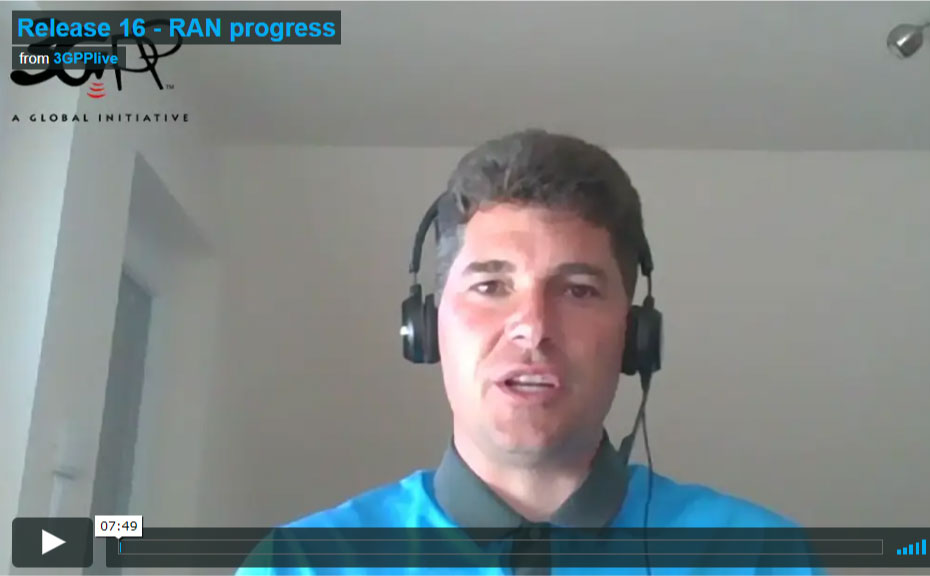 The IMT-2020 submission is an important element of what we do in standards. The ITU has set out their requirements a long time ago and called for technical proposals that fulfil those requirements. The 5G NR radio technology that 3GPP has developed is of course a key submission to fulfil those requirements. I would even venture to say that it is ‘the’ 5G submission. There are of course some other submissions, but essentially the 3GPP submission is the most global and most holistic submission there is.
The IMT-2020 submission is an important element of what we do in standards. The ITU has set out their requirements a long time ago and called for technical proposals that fulfil those requirements. The 5G NR radio technology that 3GPP has developed is of course a key submission to fulfil those requirements. I would even venture to say that it is ‘the’ 5G submission. There are of course some other submissions, but essentially the 3GPP submission is the most global and most holistic submission there is.
Also, on this front, we have been able to fulfil the plans. Just last week the ITU has approved 5G NR as an IMT-2020 submission. That element has been progressing very much according to plan, which means that those countries who use these IMT submissions in their radio regulations can go ahead and now have 5G NR at their disposal for deployments in their regions and countries.
Is there still work to do in Release 16 and what can we expect from Release 17?
With Release 16, as with every release, there is always a corrections phase. We do freeze the specifications, as we did last week, but there is always a phase whereby the little details, the technical elements get finalised in about the 2 to 3 month period after the initial freeze.
All working groups are still going to be very busy, basically tying up all the loose ends on the technical detail. So, come September – all of those loose ends will hopefully be all tide up and Release 16 will be ready for full implementation.
In terms of Release 17, we have started work, in fact the package for the list of work items that we are targeting for Release 17 has been approved at our very last F2F meeting before COVID, back in December. Some of the groups have already started work on it and most other groups will start over the summer.
There are inevitably going to be some delays [to Release 17] because of the electronic way of working and depending on how long the Pandemic situation goes on in the world. I have to say, the way the work has gone over electronic means has surpassed all my expectations. We are really trying to do the best to minimise the potential delays due to the virtual way of working. Release 17 is going to be on course, but with the potential of a 3 to 6 month delay going forward.
Contact for this article: Kevin FLYNN, Marketing and Communications Officer, 3GPP
With thanks to: Brian Dolby, Founder and CEO, Proactive International PR Limited for helping us to get this video made.

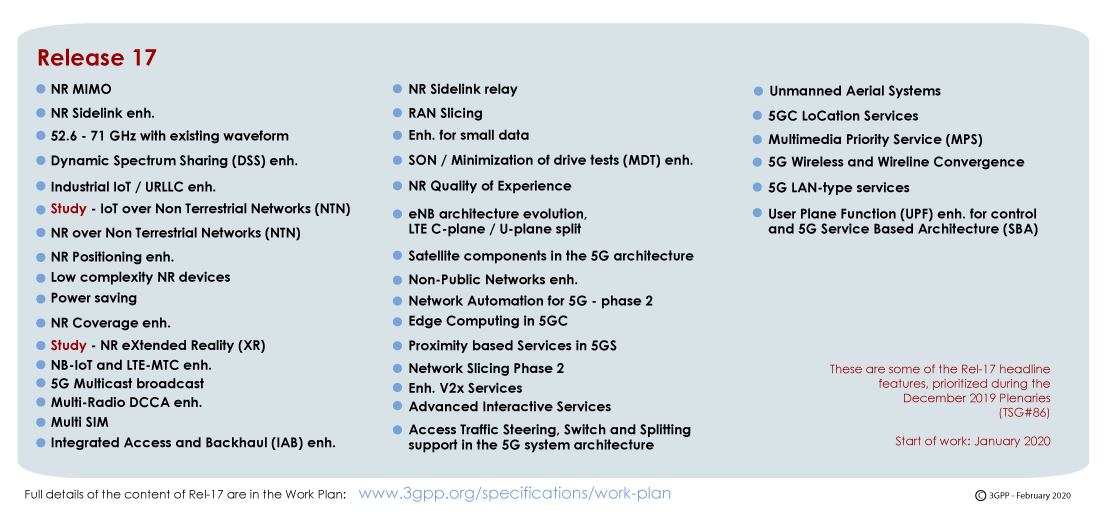

 3GPP News
3GPP News
